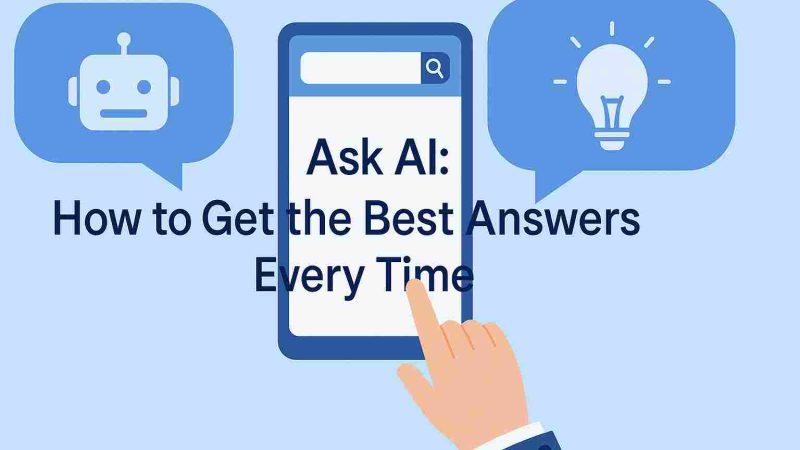What I Wish Everyone Knew About Grid Computing

Grid computing (Grid computing) is a distributed architecture of a large number of computers connected to solve complex problems. In the grid computing model, servers or personal computers perform independent tasks and are loosely linked by the Internet or low-speed networks. Computers can be connected directly or via a scheduling system.
Most applications for grid computing projects are not time-dependent, and large projects are typically used in many countries and continents. Search program and others using the silent power of computers, also known as scavengers cycle ( cycle-scavenging ), running in the background for weeks.
Grid computing background
The SETI @ home project, a search for space intelligence based at the University of California at Berkeley, is an example of grid computing. Millions of PCs run search programs on a segmented chunk of radio telescope data with no set completion date. Grids bring computational power to tackle other projects such as genetic research, drug candidate matching, and even the search – unsuccessful – for Genghis Khan’s tomb.
Another possible area for grid computing use is broad computing applications, where intelligent devices enter our environment without our direct awareness.
Grid computing architecture can bring massive processing power to solve problems, as demonstrated by SETI and other similar projects. Middleware makes creating and controlling grids easier. SETI @ home, for example, uses the open-source grid computing software BOINC. The project builds on this tool by adding a user-friendly GUI and a mechanism for distributing raw data, receiving and storing the results.
However, the distributed model works well for only a small proportion of applications. For grid computing applications, ensure robust redundancy and failure recovery built into the model, as it is highly likely that a number of compute nodes will disconnect or fail. Security is another issue with grids, as a control on node members is usually very lax. Almost anyone can register for the SETI project, for example.
Grid computing concept
The concept of grid computing is different from parallel computing in supercomputers. Supercomputers run highly connected applications, rather than nodes functioning independently. They operate over a high-speed network and are usually housed in one dedicated data center. Grid computers, on the other hand, exchange little or no data and feed project data over an Internet connection from geographically dispersed locations.
Cloud computing is another form of distributed computing, being on the spectrum between grids and supercomputers. Clouds are more granular and handle time-dependent workloads. Cloud resources can be distributed geographically, but only over a few locations, compared to the thousands or millions that supply grid projects.
Clouds pose a threat to long-term grid computing approaches. The centralization of servers in the cloud makes idle cycles less; the server-mobile model eliminates underutilized desktop PCs. It’s uncertain that a large cloud provider will offer idle cycles to grid projects. Some projects use pay-as-you-go hardware as a service model to host a grid project.






